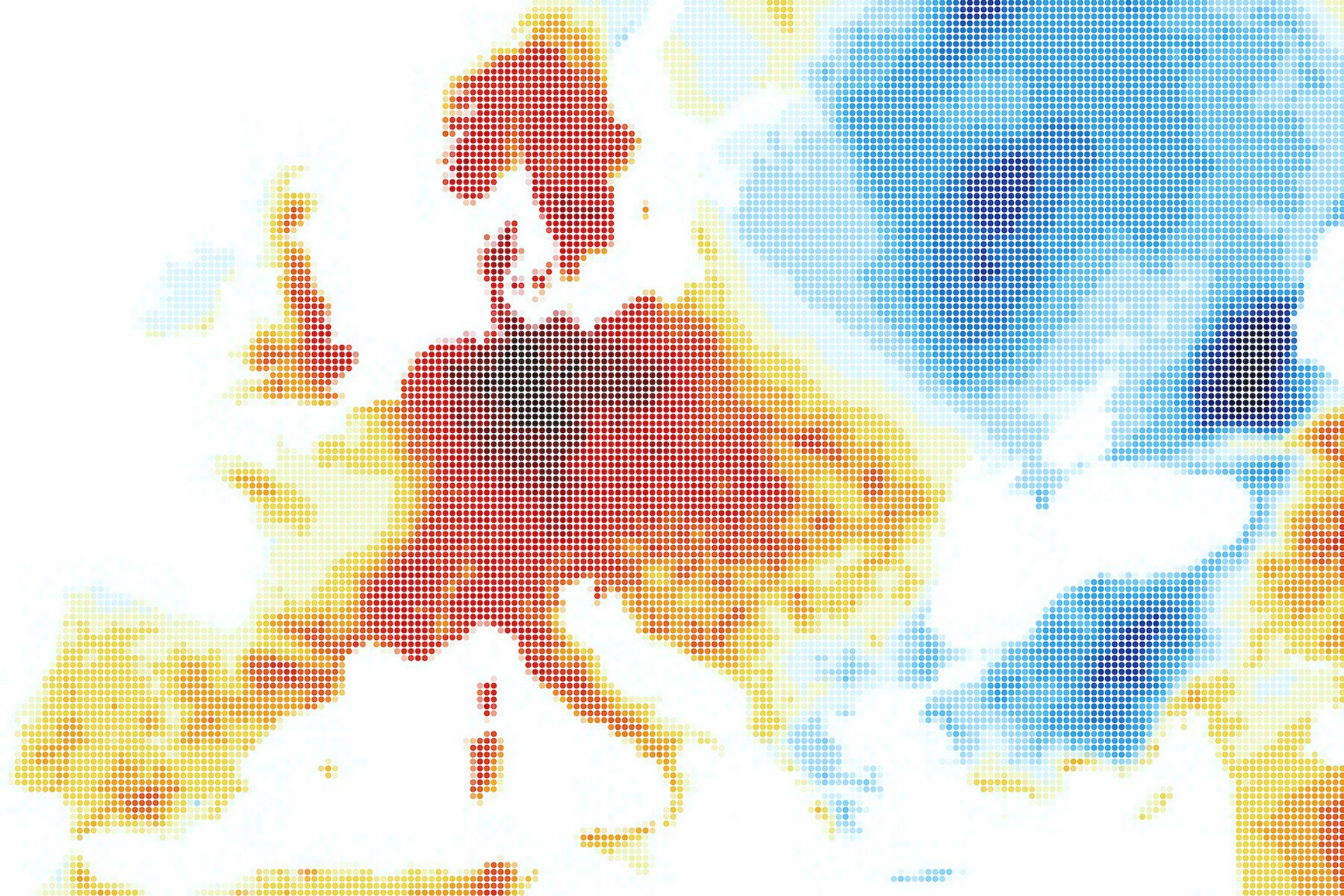STRESSTEST: The German contribution to the Venice Architecture Biennale 2025
The climate crisis is no longer an abstract future scenario—it is real and is drastically changing our cities. Heavy rain, flooding, heatwaves: Urban life is coming under increasing pressure. This is precisely where the German contribution STRESSTEST to the 19th Architecture Biennale in Venice comes in. Under the curatorial direction of Nicola Borgmann, Elisabeth Endres, Gabriele G. Kiefer and Daniele Santucci, the exhibition addresses the urgent challenges of global warming for urban spaces. It impressively shows how architecture and urban planning can not only react, but actively contribute to solving the problems—because without consistent adaptation, some cities will be uninhabitable in a few decades.
Heat, stress, city: an exhibition as an immersive experience for a climate-resilient future
The exhibition in the German Pavilion is deliberately designed as an experience. It invites visitors to engage with the extreme climatic conditions that are increasingly affecting our cities. The exhibition is divided into two central areas: STRESS and DESTRESS.


In the STRESS rooms, visitors experience the heat islands of an overheated city at first hand. Sealed surfaces, a lack of shade and reflective facades drive temperatures up—a reality that can be felt both physically and mentally. An oppressive but necessary experience in order to understand the extent of the challenge.
The DESTRESS spaces, on the other hand, show adaptation strategies: they demonstrate how architecture, landscape architecture and urban planning can work hand in hand to create resilient, sustainable and liveable cities. Cooling green spaces, innovative shading strategies and intelligent material selection are presented as the key to a climate-adapted urban future.
An effective response to increasing heat stress in cities requires precise analyses. STRESSTEST relies on digital city models that simulate and visualise microclimates in real time. These models not only show which urban areas are particularly at risk, but also serve as a basis for new planning concepts. The exhibition shows that an integrative approach is needed in which politics, urban planning, business and citizens work together to develop sustainable solutions.


Intelligens: Natural. Artificial. Collective.
The German contribution ties in with the overarching theme ‘Intelligens: Natural. Artificial. Collective.’ of the19th Architecture Biennale by curator Carlo Ratti. STRESSTEST shows that the fight against urban overheating requires an interdisciplinary approach:
- Natural intelligence—the use of green infrastructures to improve the urban climate
- Artificial intelligence—innovative technologies for climate monitoring and climate control
- Collective intelligence—the co-operation of different actors to implement effective measures
The exhibition is complemented by an installation by artist Christoph Brech, which poetically explores the fragile balance of our atmosphere. His moving, filigree work visualises how unpredictably the climate is changing—and how important it is to take countermeasures at an early stage.
STRESSTEST is more than just an exhibition—it is a call to action. The German contribution to the Architecture Biennale 2025 not only highlights the risks of urban warming, but also provides concrete solutions. Architecture, urban planning and politics must act now to keep our cities liveable.
